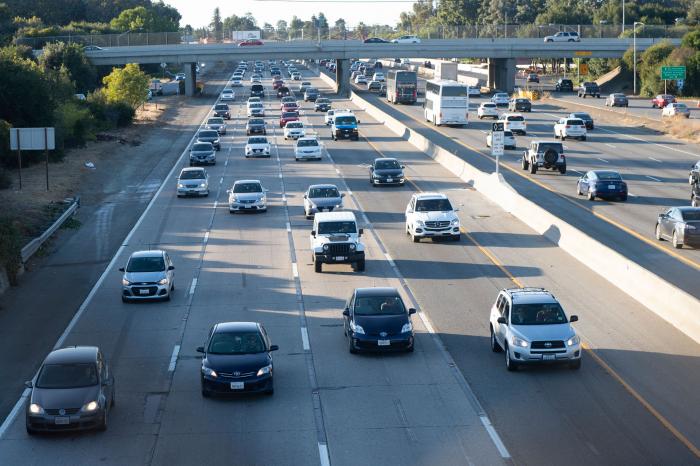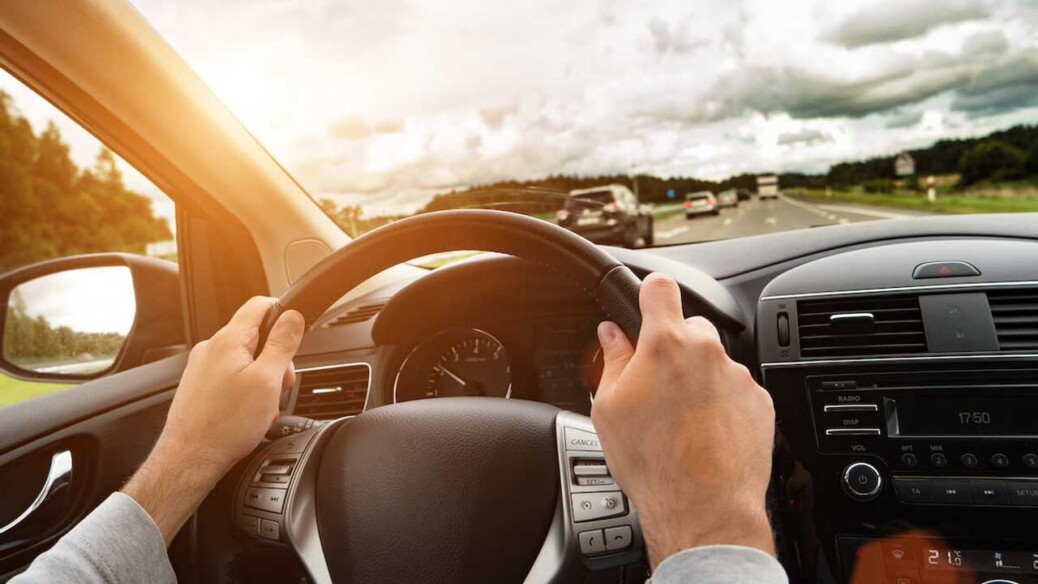We have a problem. Let’s fix it.
It’s clear that Americans need to reduce our impact on the overall climate of our planet. What’s the leading culprit? According to the U.S. Environmental Protection Agency, the transportation sector is our greatest source of greenhouse gas emissions, with light-duty vehicles accounting for the most emissions in that category. This is further stressed by California Governor Gavin Newsom’s recent executive order requiring that all new passenger vehicles sold in the state be zero-emission by 2035.
While we take crucial actions to walk more, bike more, use public transportation, adopt electric vehicles, combine trips, carpool with our community… there is an additional tool that often gets overlooked: the way we drive our cars.
Turns out, our driving habits actually have a large impact on the amount we emit out of our vehicles — as much as 30%! Even better, these habits are mindfully changed by people every day and can easily be done the very next time we drive our vehicles.
What more? It just so happens that taking these steps will make our roads safer and our wallets fuller. As we give our driving a more careful consideration, we are less likely to find ourselves in reckless situations or burning unnecessary fuel.
Tips to Drive Efficiently
Drive Sensibly: Avoid accelerating or braking as much as safely possible. Being heavy-footed on the accelerator burns fuel more quickly and braking wastes the momentum already created by accelerating. Instead, try to maintain a constant speed and coast to decelerate. This will also feel easier to do by allowing more time to reach your destination, also reducing the risk of reckless driving.

Leave Space Between Other Vehicles: This gives the driver more time to react to the actions of other vehicles on the road, including anticipating upcoming traffic. As such, the need to rapidly brake or accelerate is minimized, conserving fuel efficiency and possible collision.
Maximize Aerodynamics: Since cars are rapidly-moving objects through air, it makes sense we want them to catch as little air as possible. Manufacturers design their vehicles accordingly, but we can further improve upon it by carrying cargo in or on the back of the vehicle rather than on top. Top cargo can reduce fuel economy by 10-25% at interstate speeds. Even keeping the windows rolled up helps the vehicle catch less air while it’s in motion.
Remove Excess Weight: Avoid using vehicles as an extra storage space when driving. Vehicles are most efficient at their lightest weights, so carrying extra objects on trips will cause unnecessary fuel inefficiency. The U.S. Department of Energy notes, “An extra 100 pounds in your vehicle could reduce your MPG by about 1%” saving you $0.02 per gallon.
Avoid Idling: Turn off the vehicle when you’re not using it to drive. Idling keeps the engine running and can burn over a cup of fuel every 10 minutes.
Utilize In-Vehicle Feedback Technology: Many vehicles now have features that show their instantaneous MPG. This is a phenomenal tool that helps show the driver that these behaviors increase their fuel economy. A 2018 study found a 6.6% improvement of fuel economy for people who drove cars with this feature.

Keep Tires Inflated: Deflated tires cause more drag on the road and reduce a vehicle’s ability to maintain speed. The U.S. Department of Energy finds that every 1psi average deflation of a vehicle’s tires causes a 0.2% loss in gas mileage.
Reduce Air Conditioning: According to the Government of Canada, “Air conditioning can increase a vehicle’s fuel consumption by as much as 20%.” Roll down the windows when traveling at reduced speeds or re-circulate the vehicle’s air when air conditioning is in use.
Use Cruise Control: This maintains a consistent vehicle speed. Rob Macgregor notes that this can save up to 6% of fuel consumption on the highway.
Always Reduce Miles Driven: As we increase the fuel economy of our vehicles, it may be tempting to further enjoy this efficiency by traveling extra mileage (known as the rebound effect). While this is understandable, remember the best way to reduce fuel use is to limit its use altogether.
All of these individual actions add up into an enormous collective impact. Depending on your vehicle type and its features, there are additional ways to improve your fuel efficiency beyond this list. Go explore!
A Grateful Farewell
Thank you to CarpooltoSchool for its commitment to creating a better world for families all across the country through sustainability, community, safety, and resiliency!
Sustainable transportation, in particular, is a passionate topic of mine and I am grateful for this opportunity to promote its widespread adoption. With that, I am sad to say that this concludes my time with CarpooltoSchool. I’ve enjoyed the opportunity to further their genuine mission through my research and posts and will continue to be an ally throughout my future projects.
Thank you to all the readers who have kept up with my posts and dedicated themselves to a similar mission. Let’s continue to better our world and each other!




